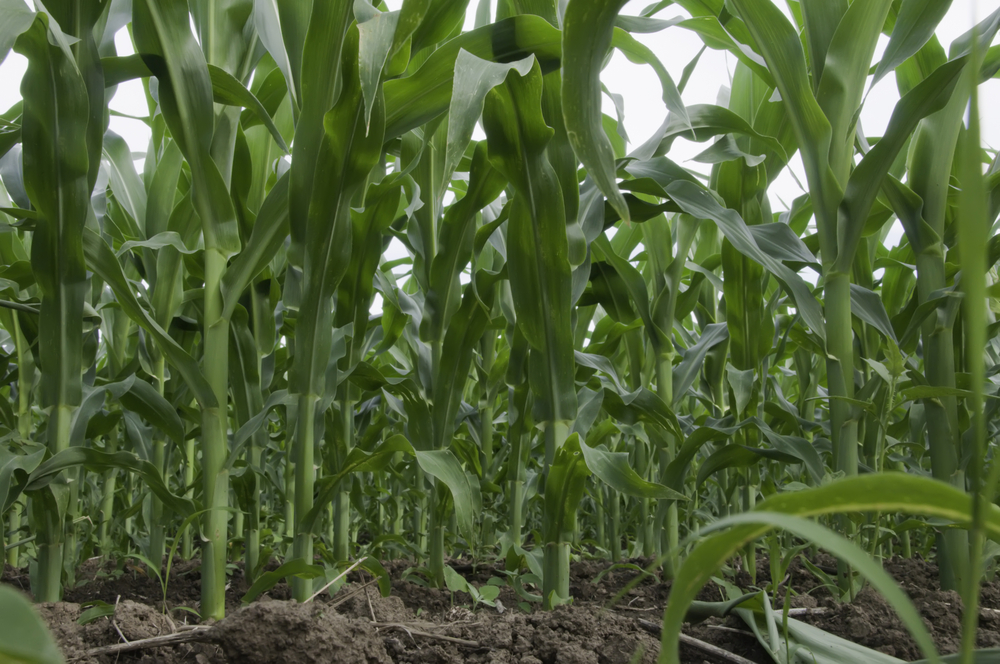Many technologies and practices play a role in helping farmers protect soil and improve water quality. At Black Hawk Lake in Iowa, that's making a difference.
Watch the video to learn more, and to see how Accomplish LM is helping:
Working together with state and local government, USDA-Natural Resources Conservation Service, and others, farmers in the area are testing and implementing conservation and nutrient reduction practices to protect the lake from nitrate runoff.
As part of their efforts, Jeff Frank and some other local growers are also using Accomplish LM and similar biocatalyst products to help them build even more sustainability into their agricultural practices, while also helping them remain productive.
"When you think about what you're putting on the field, you have to think about the future," Jeff says. "What I liked about Accomplish was that it was friendly to the environment."
Watch the film "Prove It to Me" to see Jeff on his farm and hear more about his experiences.
"The root system is the best nutrient removal system we have on the planet," says Gregg Schmitz of Crop Production Services. "As we get healthier plants, the roots will be more efficient and deliver more available nutrients to the plant during the course of the year. Customers that have been using the Accomplish biochemistry technology have seen nice yield responses and gotten good ROI since we introduced it."
Find out more about how Accomplish LM helps growers build sustainable agriculture programs by accessing our Growing for the Future booklet.





![[Video] Building Sustainable Agriculture Programs](https://www.agricen.com/hubfs/Sustainable_Video.png)






 Agricen presented data on
Agricen presented data on 

